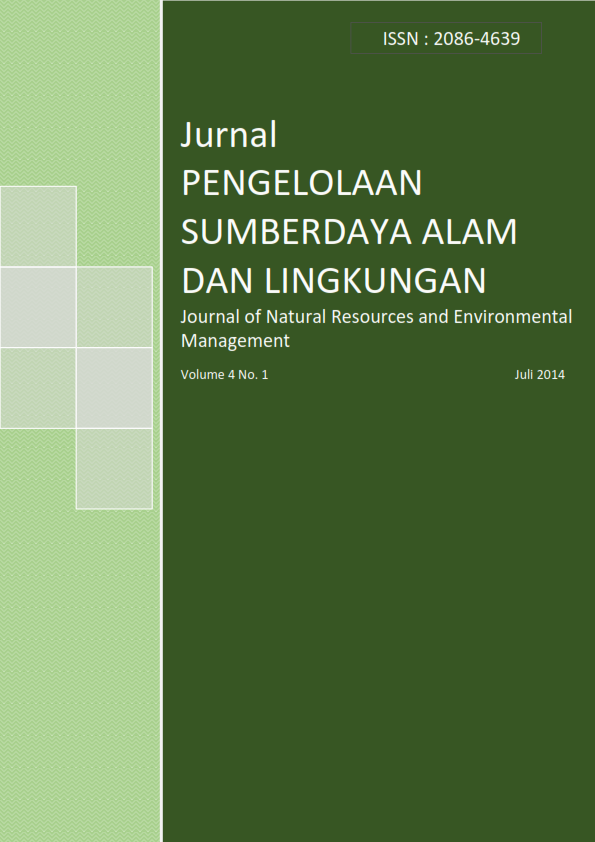PENGARUH PENCEMARAN LOGAM BERAT TERHADAP STRUKTUR POPULASI DAN ORGAN TUBUH RAJUNGAN (Portunus pelagicus, LINN)
Abstract
Blue Swimming crab (Portunus pelagicus) is one of important fishery in Indonesia that captured nearshore on the bottom of the sea. There has been a significant water contamination on the Jakarta bay and the fishery are reported to be effected. Many heavy metals and other contaminants are introduced into the waters, sediments, and fishery that living in the bay. Heavy metals such as Pb, Cd, Hg and As are the most lethal contaminants and found in Jakarta Bay. This study aims to determine the effect of heavy metals contaminants to the blue swimming crab morphometric, body organs and population structure of blue swimming crabs in Jakarta bay, which compared to the study in healthier environment in Madura island. The results of this study showed that 1) The morphometric parameter of blue swimming crab population in Jakarta and Madura are significantly different. 2) The internal organ of the blue swimming crab (hepatopancreas, gonad and gill) in Jakarta bay are also significantly different than in Madura. The histological analysis are confirmed some abnormal indication of the internal body of the blue swimming crab in Jakarta bay.3) Some population parameters of the blue swimming crab in jakarta bay are significantly different than in Madura island. The fishery structure in Jakarta bay showed the size of first maturity of the crabs is relatively smaller than in Madura and other area of Inodonesia. The fishery mangament based on spatial area management is recommended to apply in different area of Indonesia.
Keywords: heavy metal contamination, blue swimming crab
Authors
Authors who publish with this journal agree to the following terms:
- Authors retain copyright and grant the journal right of first publication with the work simultaneously licensed under a Creative Commons Attribution License that allows others to share the work with an acknowledgement of the work's authorship and initial publication in this journal.
- Authors are able to enter into separate, additional contractual arrangements for the non-exclusive distribution of the journal's published version of the work (e.g., post it to an institutional repository or publish it in a book), with an acknowledgement of its initial publication in this journal.
- Authors are permitted and encouraged to post their work online (e.g., in institutional repositories or on their website) prior to and during the submission process, as it can lead to productive exchanges, as well as earlier and greater citation of published work (See The Effect of Open Access).






